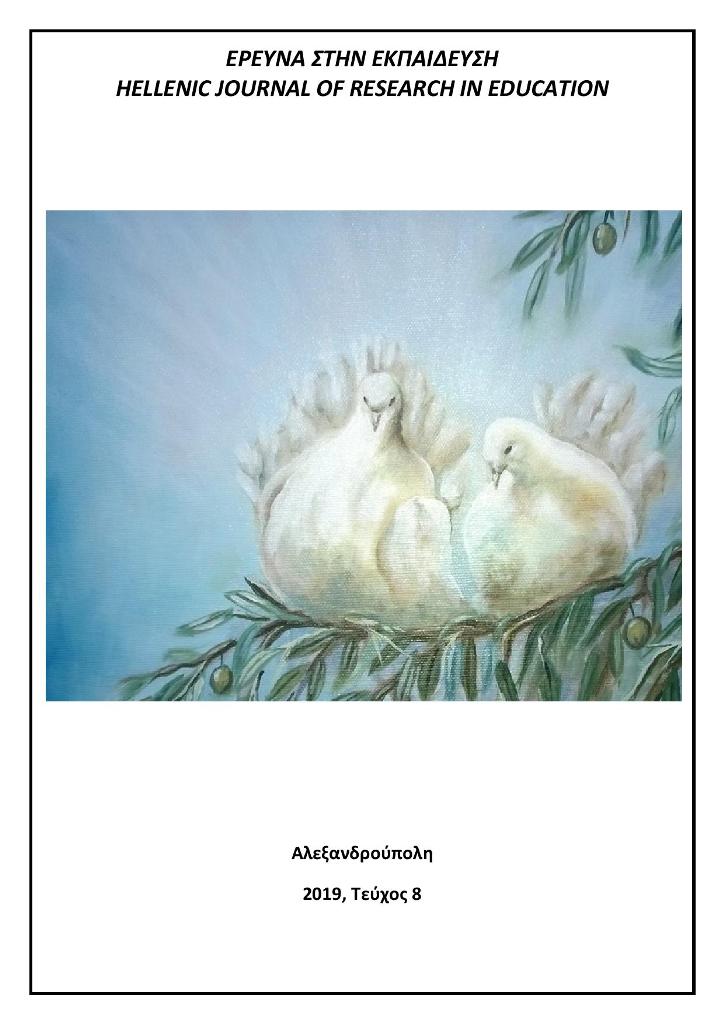Evaluation of preschool children’s motor development with two different sets of tests

Abstract
The purpose of the present study was to: (a) evaluate the motor development and motor coordination disorders of preschool children with two appropriate developmental motor test sets, and (b) test the relationship of these two motor tests so as to predict the performance of one person in one of the two bundles, from the score of the other one. The sample of the study consisted of one hundred eighty-six children (N = 186), 101 boys and 85 girls, aged 46 to 78 months, who attended public kindergartens in the Prefecture of Ioannina and were selected by random sampling. The sample was divided into three age groups of four, five and six years old. The educational principles and the children’s parents were informed after the scientific research ethics had been followed and the kinetic development of the children was monitored with two appropriate developmental sets of play motor tests (M-ABC-test, Henderson's 2nd Edition) & Barnett, 2007 and the MOT-test of Zimmer & Volkamer, 1987). Frequency tables and their respective percentages for gender and age were constructed and Pearson's correlation coefficient for the two sets of kinetic test sets and regression analysis was applied for each child's overall performance in the two sets (MOT & M-AB- 2). The results of the present study showed that the majority of children (93.6%) - in all three age groups examined - performed well on their motor development. Specifically, 41.9% of children performed well, that is, values above the normal level of the majority (51.7%) of the sample. However, results in both sets showed a small number of twelve children (6.4%) with motor impairments and developmental motor coordination disorders. Boys (N = 9) showed a higher frequency of motor difficulties than girls (N = 3) and a 1: 3 ratio. This finding is consistent with the findings of corresponding international and Greek surveys. There is a very strong negative correlation between the performance of the two motor tests due to their different way of scoring, but when we know the performance of one set of tests we can predict the performance of the other one too. The existence of severe motor difficulties - unless there are cases of neurological problems in the sample children since this was a condition of research - may be due to environmental causes such as deficits in play experiences and motor experiences due to modern lifestyles. These children will then need support and encouragement through their participation in corresponding motor activity programs in order to balance their motor skills deficit. The necessity and value of the preventive control of motor development and motor coordination in early childhood is substantiated by the results of the present study.
Article Details
- How to Cite
-
Ζάραγκας (Zaragas) Χ. (Harilaos), & Γκατζόγια (Gkatzogia) Δ. (Dimitra) Ν. (Nikolaos). (2019). Evaluation of preschool children’s motor development with two different sets of tests. Hellenic Journal of Research in Education, 8(1), 145–162. https://doi.org/10.12681/hjre.20808
- Issue
- Vol. 8 No. 1 (2019)
- Section
- Articles

This work is licensed under a Creative Commons Attribution-NonCommercial-ShareAlike 4.0 International License.
Authors who publish with this journal agree to the following terms:
- Authors retain copyright and grant the journal right of first publication with the work simultaneously licensed under a CC-BY-NC-SA that allows others to share the work with an acknowledgement of the work's authorship and initial publication in this journal.
- Authors are able to enter into separate, additional contractual arrangements for the non-exclusive distribution of the journal's published version of the work (e.g. post it to an institutional repository or publish it in a book), with an acknowledgement of its initial publication in this journal.
- Authors are permitted and encouraged to post their work online (preferably in institutional repositories or on their website) prior to and during the submission process, as it can lead to productive exchanges, as well as earlier and greater citation of published work (See The Effect of Open Access).



